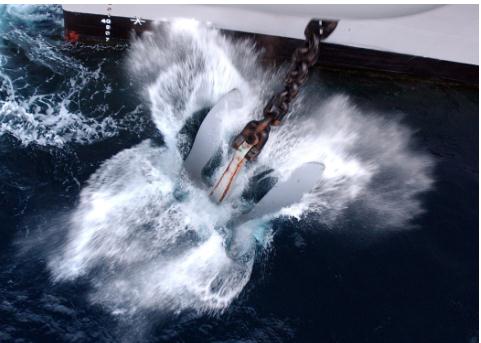Knowledge of Anchor
An anchor is to a
ship what a brake is to a car. Its main function is to keep the ship anchored
to the water outside the port. About 70 percent of the earth's surface is covered by sea,
but not all of it is suitable for anchoring. The places where anchors can be
dropped are labeled "anchorages" on maritime maps. So how does an anchor work? How does it hold onto a ship tens of thousands of times its
size?
As we know, the
anchor's claws hold the sediment on the seafloor and create resistance, which
is then transmitted through the anchor chain to the surface of the water,
stopping the ship. Now
the chain was at an Angle to the bottom of the sea, and the more the wind blew
the boat, the more tightly the talons grasped it. When lifting the anchor, it is only necessary to steer the
boat directly above the anchorage, or to move in the opposite direction, and
the talons have no force to exert themselves, so they are useless. Then along the chain to lift the anchor up, of course, in
the case of ten thousand tons of ships, manpower is not able to complete this
process, at this time must use windlass.
Generally speaking,
the bigger the ship, the heavier the anchor. These chains are made of fine carbon steel, and each link
is as thick as a bowl. The
length of the anchor chain is calculated by "knots", each of which is
27.5 meters. The general ship's anchor chain is between 10 and 15 knots, which
is 300 meters up and down. This is also one of the reasons why anchors cannot be
dropped in many sea areas. After all, there are many places in the ocean where
the depth is more than 300 meters. After the anchor chain is put out, the
anchor claws cannot touch the bottom, so it loses the meaning of anchor.





 +86-23-67956606
+86-23-67956606  +86-23-67955353(Manual)
+86-23-67955353(Manual)